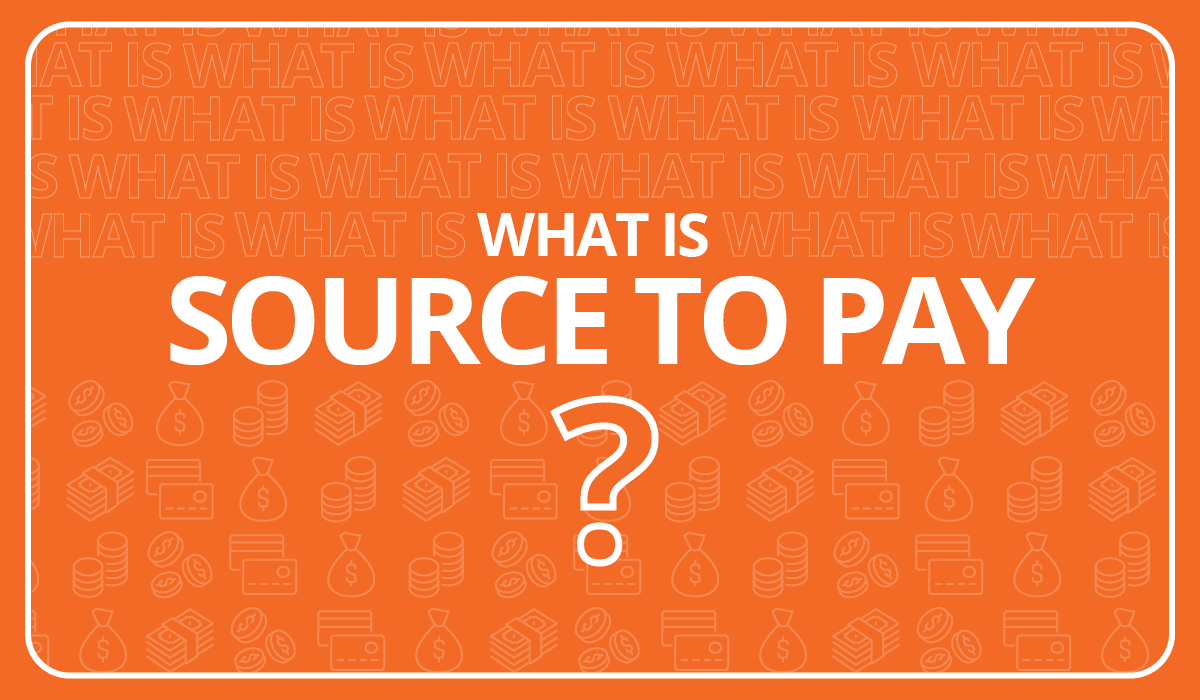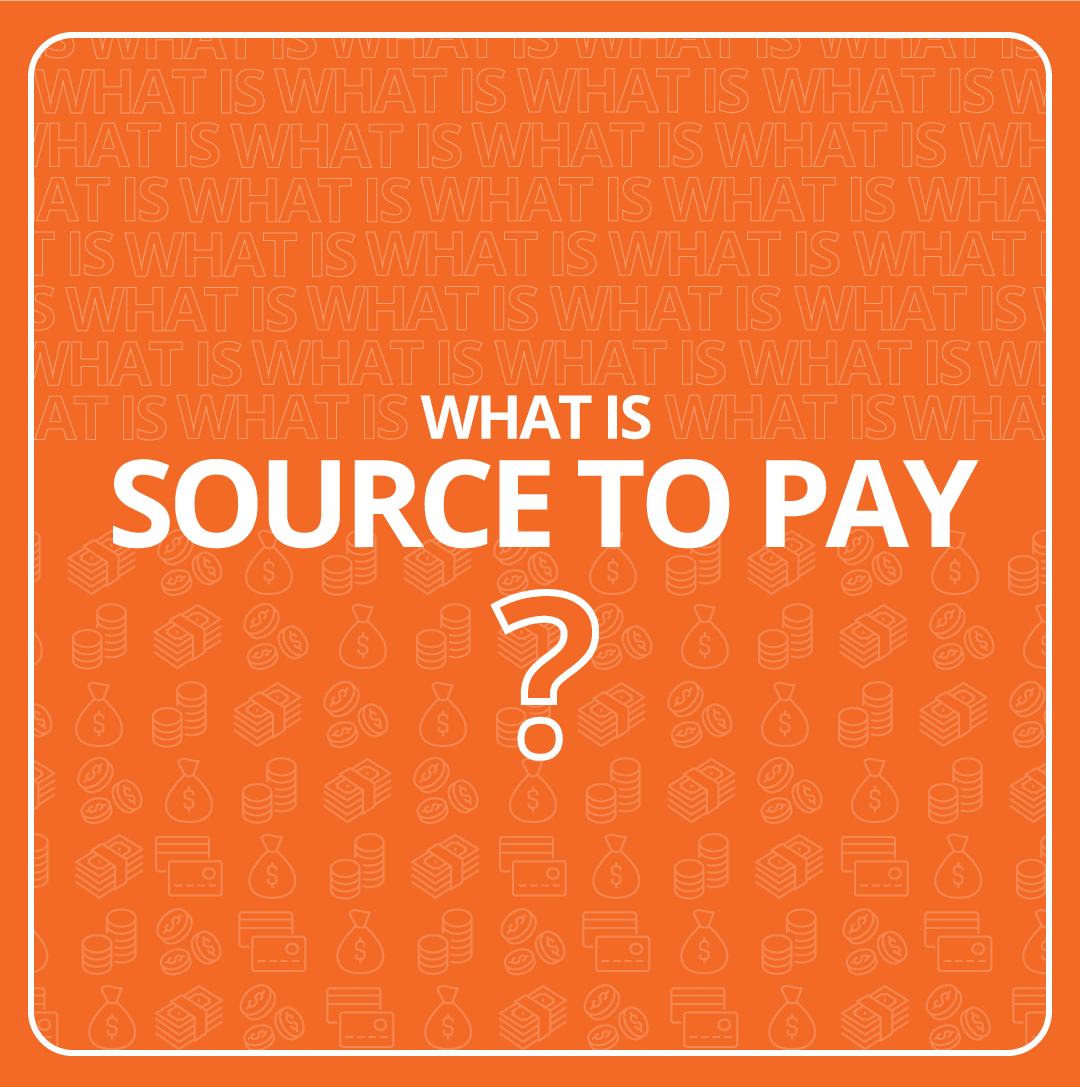
In today’s inflationary environment, efficient and effective S2P is essential. With the right all-in-one platform, you can turn incomplete and outdated procurement operations into a source of cost savings, transparency, value creation, and productivity.
Not sure what source-to-pay (S2P) or procure-to-pay (P2P) are? Keep reading.
What Is Source to Pay?
The concept of source-to-pay encompasses the complete process of procurement. This includes spend management, vendor management, strategic sourcing, finance and legal, performance management, and accounts payable.
What Steps are Involved in Source to Pay?
S2P Processes and Steps
While the exact steps of source-to-pay vary depending on the individual business, we’ve listed a general overview of each step involved.
1. See and Understand the Demand
Businesses require a product or service that must be delivered promptly as well as at a reasonable cost and margin. For the procurement team to effectively negotiate a deal, they need to easily access the following information:
- Materials in demand
- Past volumes
- Projected volumes
- End-use location
- Supplier set
Unfortunately, procurement departments spend valuable time and resources acquiring the right data and specifications.
Key Questions:
- Is your procurement team one click away from the data they need?
2. Sourcing Strategies and Approaches
Not all spend deserves the same attention or approach, which is why efficient sourcing starts with a good strategy.
Key Questions:
- Do you start with a strategy?
- Do you segment your spend?
- Do you have good market intel?
- Do you know how you will measure the result?
3. Preparation
If you intend to conduct a bid (RFI/RFP/RFQ) that gets good results, there are several key elements to set the event up for success:
- Transparent data
- Current specifications
- Defined service/quality/innovation requirements
- Stakeholder input
- Good market assessment
- Supplier selection
- Supplier communication
Key Questions:
- Do you have a documented and disciplined system for running purchasing events?
- Do you use a software solution to facilitate your events?
4. Award the Business
Usually, the ownership, chief finance officer, stakeholders, and/ or procurement manager(s) will evaluate the supplier candidates and select one(s) that properly align with the company’s goals and objectives.
Key Questions:
- Do non-incumbent suppliers know what it takes to win your business?
- Have your incumbent suppliers been trained to “win small” (doing just enough to win)?
5. The Contract
This vital step involves documenting the terms, conditions, service levels, and pricing that all parties agreed to during the negotiations. Due to the supply challenges in the market, ensuring the contract is accurate supports the overall success of the company.
Key Questions:
- Do you use contracts or MoUs?
- Do you know everything that is under contract, with whom, and for what length of time?
6. Transition to Transacting Orders (P2P)
Following the signing of the contract, the procurement team typically hands off the contract to those responsible for placing the product orders.
Key Question:
- Do you have a formal process for this hand-off so key elements of the deal are known and supported?
7. Day to Day Procurement
This is the process of ordering the right product, in the right amount, at the right time, from the right supplier, and according to the exact terms and conditions set forth in the contract.
Key Question:
- Do you have an efficient process and/or software solution to use for ordering indirect procurement?
8. Accounts payable (AP) and invoice processing
Similarly, the accounts payable department will manage and process all vendor invoices. This includes, but is not limited to the following:
- Onboarding of suppliers into the payables system
- Verifying invoices
- Matching vendor invoices
- Receiving documents with the purchase orders
- Getting invoice approvals
- Reconciling inaccurate invoices
- Cutting and mailing checks
Generating accounting reports
Key Question:
- Have you automated your P2P processes?
- Are you using a payment solutions tool?
Source-to-Pay vs Procure-to-Pay - What's the Difference?
To put it simply, procure-to-pay begins at step six (6) of the source-to-pay process. It only involves the procurement department creating purchase order documents and the AP team making required payments to vendors.
The Value of Source-to-Pay
When companies in the pet food industry are in need of improved procurement results, P2P improvement can be valuable but a full S2P review can potentially unlock a lot of benefits.
5 Essential Benefits of S2P Using MaaS™ & Active GPO®
- Saves time with plug and play solutions
- Saves money
- Improves spend control
- Performance reporting
- Control and compliance improvement
Alternatively, an inability to optimize source-to-pay can result in unnecessary maverick spend and savings leakage.
5 Common Problems if There Is Spend Leakage
- Lack of compliance using non-contract suppliers
- Wastes time searching and price testing
- Unnecessary spend makes it difficult to manage inventories
- Extra admin duties for the payables department
- Inadequate data visibility makes it tough to negotiate good deals
Supply Tigers Is Your S2P Platform Solution
As pet food and treat manufacturers look to modernize outdated procurement processes, more companies see the tremendous benefits of implementing efficient source-to-pay strategies.
Supply Tigers Active GPO® + MaaS™ combine to give companies the ability to maximize savings and streamline operations. This all-in-one S2P platform enables businesses to simplify, streamline, and optimize every aspect of procurement. Our next-gen solutions provide companies with a low-cost entryway to increase savings and modernize procurement. Accelerate savings potential, implement modern processes, promote continuous improvement, and more with Active GPO® + MaaS™.
Comments are closed.

